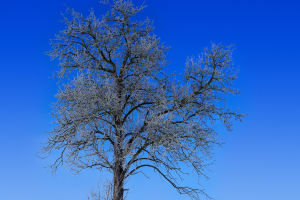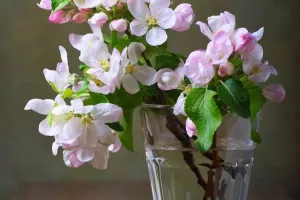The Secret Of Flower Color
The structure of a flower is the calyx, stamens and pistils, and four parts of the corolla. The calyx is composed of sepals, the corolla is composed of petals, and the calyx and corolla make up the perianth. There are all kinds of flowers in nature, and the colors are varied. These colorful flowers give people visual enjoyment, making people feel the richness of nature and the infinite vitality of life in bloom.
The reason why flowers have color is definitely not to be liked by humans in the first place, and then pick them and put them in the house. Their colors are designed to attract all kinds of insects, pollinate their flowers, and thrive.
So why do flowers have so many colors? There are several reasons why flowers come in so many different colors.
The reason why flowers have color is definitely not to be liked by humans in the first place, and then pick them and put them in the house. Their colors are designed to attract all kinds of insects, pollinate their flowers, and thrive.
1. Flowers contain various pigments
The colors of flowers are many because flowers contain various pigments, the most important of which are anthocyanins and flavonoids.
Flavonoids, which are secondary metabolites of plants, are widely found in fruits, grains, vegetables, as well as roots and bark, as well as flowers and tea. So far, thousands of flavonoids have been found in various flowers. The products of flavonoid metabolism are anthocyanins and other compounds, which contain various co-pigments.
Anthocyanins are the most important pigments that form the color of flowers. Under the action of anthocyanins, the color of the flower will constantly change from red to purple and blue. Because the content of anthocyanins contained in the cells of flowers is completely different. But anthocyanin is also known as an organic pigment. Under certain conditions, anthocyanins will change color. Just a little change in the surrounding environment can cause the flowers to take on a distinctive color.
2. Temperature change
The most amazing thing is that there are some flowers that can change their color multiple times in a day, such as morning glory. The petals of the morning glory are pink in the early morning, then slowly purplish red, and finally blue. This is because anthocyanins change as the pH of the petals and the surrounding temperature change throughout the day. Flowers are colorful, which is actually the result of anthocyanins changing with the change of acid-base concentration.
3. Artificial reasons
Artificial selection greatly enriches the color of flowers and can achieve remarkable results in a relatively short period of time. With more and more advanced technology, people can also enjoy flowers of various colors through genetic engineering. Such as peony, its earliest flower color is only pink. After years of artificial cultivation, various colors such as crimson, purple, yellow, and white have been created from pink; another example is Phalaenopsis. After artificial cultivation, the current flower colors are red, yellow, orange, white, blue, etc. Therefore, flowers of various colors are not only the masterpiece of nature, but also the result of artificial cultivation.

